Have you ever wondered why hot yoga classes can cost more than a regular yoga class? At first glance, it may seem like a steep price to pay for an hour of yoga. However, there are various factors that contribute to the higher costs associated with hot yoga classes.
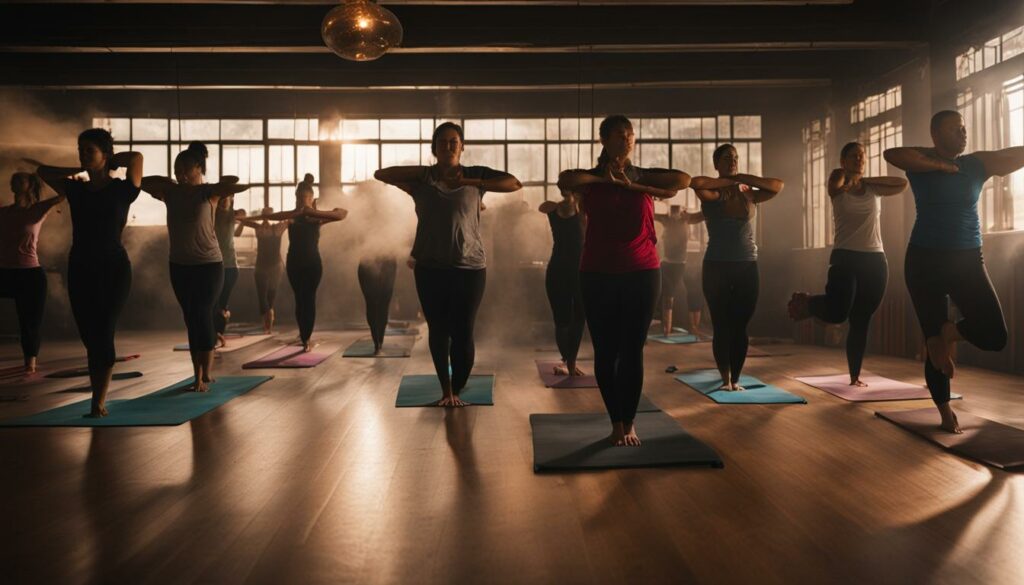
Why are Hot Yoga Classes so Expensive?
In this section, we will explore the reasons why hot yoga classes are more expensive compared to other forms of yoga. Understanding these factors can help you appreciate the value of hot yoga classes and make an informed decision about whether they are right for you.
Key Takeaways
- Hot yoga classes tend to be more expensive than regular yoga classes.
- Several factors contribute to the higher costs of hot yoga, including studio overhead costs, specialized equipment, additional teacher training, high demand, and the unique experience hot yoga offers.
- The benefits and experience of practicing hot yoga can outweigh the price for many enthusiasts.
Table of Contents
The Benefits of Hot Yoga
Hot yoga has become increasingly popular in recent years, and for good reason! Practicing yoga in a heated room offers unique benefits that can enhance your overall yoga experience and overall well-being.
The Physical Benefits
First and foremost, hot yoga can improve your physical health in a multitude of ways. The heat in the room allows your muscles to relax and become more pliable, which can lead to increased flexibility and range of motion. This can be especially beneficial for those with tight muscles or joint pain.
The high temperature also causes your heart rate to increase, leading to a higher calorie burn and potentially aiding in weight loss. It can also speed up your metabolism and improve circulation, which promotes a healthy digestive system.
The Mental Benefits
Aside from the physical benefits, hot yoga can also have a positive impact on your mental health. The practice of yoga in general can reduce stress and anxiety, but the added element of heat can deepen the relaxation and meditative aspects of the practice.
Hot yoga can also promote detoxification by increasing your sweat production, which can help rid your body of toxins and impurities. This can leave you feeling refreshed and rejuvenated both mentally and physically.
The Overall Experience
One of the most unique aspects of hot yoga is the overall experience it provides. The combination of the heat, humidity, and ambiance can create a truly immersive and transformative practice. The challenging and invigorating environment can leave practitioners feeling empowered and accomplished.
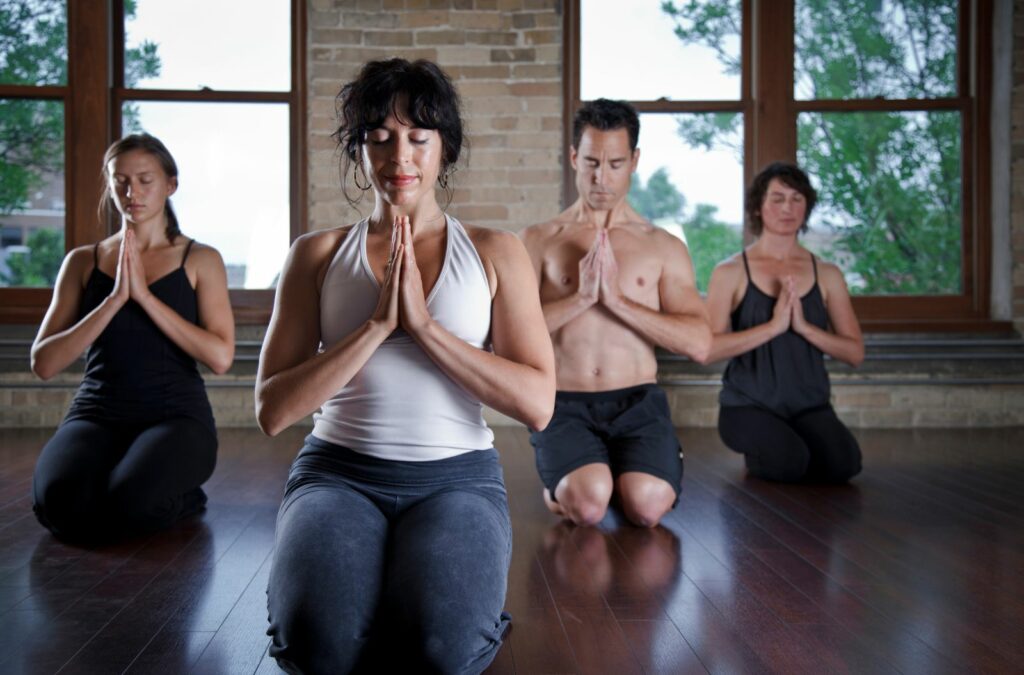
The Bottom Line
The benefits of hot yoga are numerous and can truly improve your overall well-being. From increased flexibility and calorie burn to reduced stress and a unique yogic experience, it’s no wonder why hot yoga has become so popular.
Factors Influencing Hot Yoga Pricing
Hot yoga classes are often priced higher than regular yoga sessions due to multiple factors that contribute to the overall cost. In this section, we will discuss these factors that influence hot yoga pricing, including studio expenses, specialized equipment, additional teacher training, high demand, and the unique hot yoga experience.
Studio Expenses and Overhead Costs
Hot yoga studios incur various expenses, including rent, utilities, maintenance, staff salaries, and insurance, which add to the cost of providing yoga classes. Additionally, hot yoga classes require a heated and humidity-controlled room, which leads to higher energy bills.
The rental fee for such a space can also be higher than a regular studio, depending on the location and building type. All these expenses contribute to the higher pricing of hot yoga classes compared to regular yoga sessions.
Specialized Equipment and Maintenance
Hot yoga studios require specialized equipment to provide the unique experience of practicing yoga in a heated room. This equipment includes high-quality heating systems, humidifiers, and specialized flooring to ensure the safety and comfort of participants.
These elements require investment and regular maintenance, which can add to the cost of hot yoga classes. However, they are crucial to creating the hot yoga experience and ensuring students receive the full benefits of the practice.
Additional Teacher Training
Hot yoga instructors undergo additional training to effectively guide students in a heated environment. The specialized training helps instructors understand the unique challenges and benefits of practicing yoga in a heated room and how to cater to participants’ needs.
The investment in additional training for hot yoga instructors can contribute to the cost of hot yoga classes compared to regular yoga sessions where no such training is required.
High Demand and Limited Availability
The popularity of hot yoga has led to high demand for classes, which can often result in higher prices due to limited availability. Hot yoga studios strive to accommodate more students while maintaining quality instruction, which can be challenging and add to the overall cost of providing hot yoga classes.
To sum up, hot yoga classes are priced higher due to increased expenses incurred by hot yoga studios, specialized equipment and maintenance requirements, additional teacher training, high demand, and the unique hot yoga experience. While the cost may be higher, the benefits and experience of practicing hot yoga can outweigh the price for many enthusiasts.
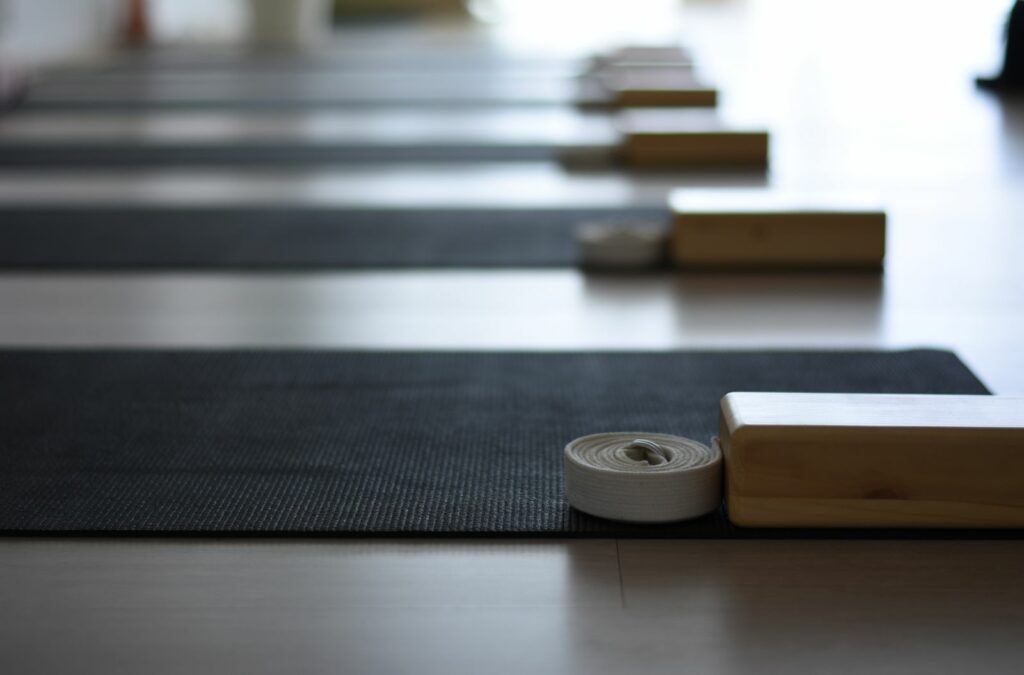
Studio Expenses and Overhead Costs
Hot yoga studios incur several expenses to maintain their facilities, equipment, and staff. Here are some of the main overhead costs associated with running a hot yoga studio:
| Expense | Cost |
|---|---|
| Rent | Varies depending on the location of the studio, but can be higher in urban areas with higher demand for space |
| Utilities | Heating, cooling, and water expenses are higher due to the need to maintain a heated and humid environment |
| Maintenance | Regular cleaning of the facility, mats, and specialized equipment like heaters and humidifiers can add to the expenses |
| Staff Salaries | The compensation for trained hot yoga instructors may vary, but they tend to earn more compared to regular yoga teachers because of the additional training they complete |
| Insurance | Hot yoga studios require specialized insurance policies that cover injuries, accidents, and other risks associated with the heated environment |
Understandably, these expenses can lead to higher prices for hot yoga classes compared to regular yoga sessions. The costs associated with maintaining a heated environment, specialized equipment, and additional staff training can add up, and are reflected in the pricing of hot yoga classes.
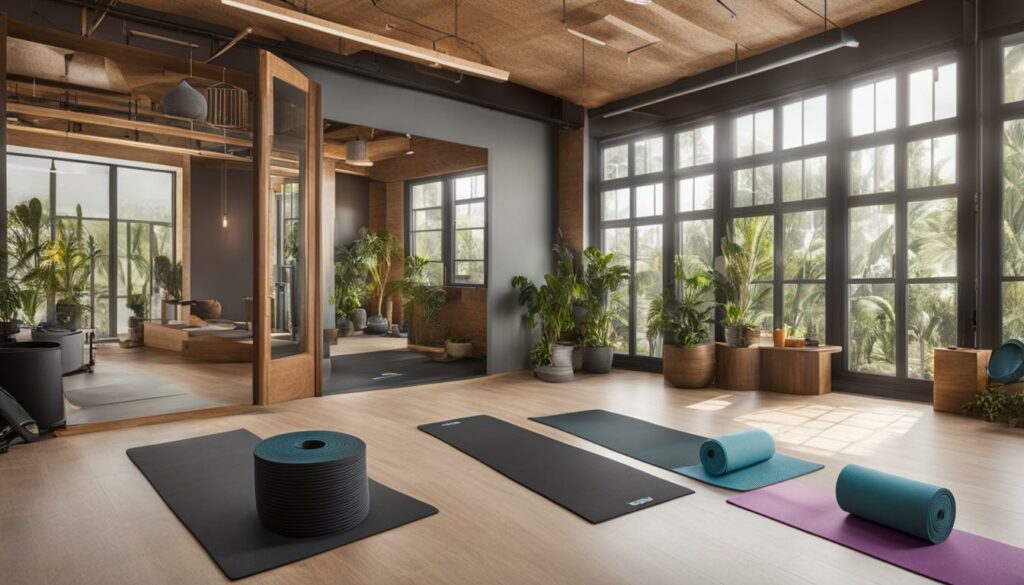
Specialized Equipment and Maintenance
Hot yoga requires specific equipment to maintain the heated and humid environment necessary for practice. This specialized equipment can be costly to install and maintain, contributing to the overall pricing of hot yoga classes.
One of the essential components of hot yoga studios is the heating system; most studios use infrared panels or heaters to heat the room to temperatures between 80 and 105 degrees Fahrenheit. These heating systems require significant upfront investment and periodic maintenance to ensure they are functioning correctly.
Humidifiers are another essential piece of equipment used in hot yoga studios. These humidifiers help to maintain the optimal level of humidity in the room, which is essential to keeping students comfortable and avoiding dehydration. They can also help prevent the growth of mold and bacteria in the heated room.
| Equipment | Cost (Approximate) | Maintenance |
|---|---|---|
| Infrared Heaters | $700 – $2,500 per panel | Regular cleaning and replacement of bulbs (every 5-7 years) |
| Humidifiers | $100 – $600 | Regular cleaning and replacement of filters (every 3-6 months) |
| Yoga Mats and Towels | $70 – $140 per mat/towel set | Washing and replacement as necessary |
Hot yoga studios also require specialized flooring to prevent slips and reduce joint impact. This flooring can be expensive to install and maintain.
Overall, hot yoga studios must invest considerably in maintaining and upgrading specialized equipment to provide a safe and comfortable practice environment. These costs can ultimately be reflected in the pricing of hot yoga classes.
Additional Teacher Training
Hot yoga instructor training focuses on specialized techniques that help instructors guide students through the heated environment. The additional teacher training required for hot yoga classes contributes to the pricing of these sessions.
The training equips instructors with the necessary skills to adapt to the physical and mental demands of hot yoga classes. It involves understanding the effects of heat on the body and how to modify poses based on individual needs.
The hot yoga teacher training program helped me understand the importance of being adaptable and responsive to my students’ needs. I learned how to make adjustments to poses and how to ensure that my students are safe and comfortable throughout each class.
The extra investment in specialized training can translate to higher costs for students taking hot yoga classes. However, it also ensures that students receive high-quality instruction from well-trained instructors who can cater to their unique needs and abilities.
Overall, the additional teacher training required for hot yoga instructors is essential for providing a safe and effective practice for students. While it may add to the cost of hot yoga classes, the results and benefits of this training are well worth the additional investment.
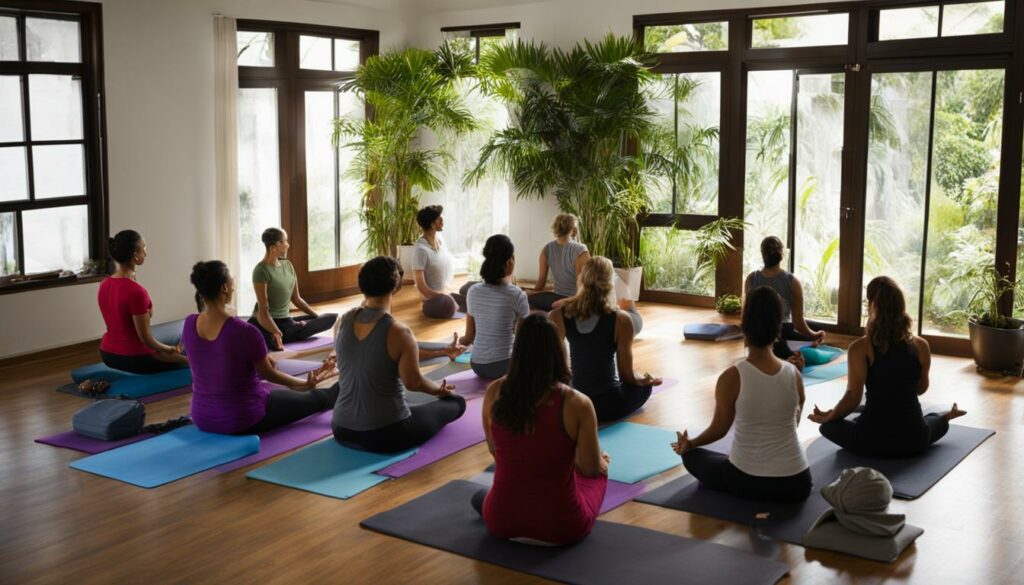
High Demand and Limited Availability
One factor that significantly affects the pricing of hot yoga classes is the high demand for this unique form of Yoga. An increasing number of people have recognized the numerous benefits hot yoga provides and are eager to experience them firsthand.
This has put immense pressure on hot yoga studios, which strive to cater to the needs of their students while maintaining a balance between quality and quantity of classes.
The high demand for hot yoga also impacts the availability of classes. Many studios have to limit the number of students per class due to the physical limitations of the heated room. This can often result in classes filling up quickly, leaving many yoga enthusiasts disappointed.
To cater to students’ demand, some hot yoga studios have opted to increase their class frequency, which can often lead to higher prices to maintain studio expenses like rent, electricity, and maintenance.
The limited availability of hot yoga classes can also result in studios employing a reservation system, where students can only book limited slots in advance, intensifying competition for classes and driving up prices in peak hours.
It’s essential to note that the high demand and limited availability of hot yoga classes may decrease in areas where multiple hot yoga studios exist, providing a wider range of options for students. This may result in lower pricing, but most studios will maintain their prices due to high overhead costs.
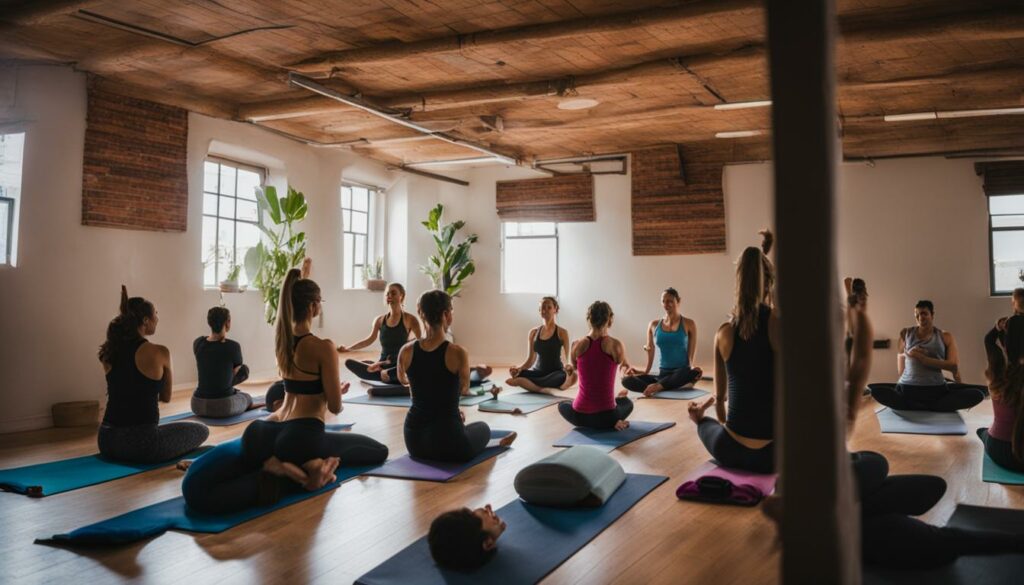
The Unique Hot Yoga Experience
Hot yoga offers a unique experience that combines physical challenges and therapeutic benefits. The distinct environment in a hot yoga studio creates an ambiance that sets it apart from other traditional yoga practices.
The heat and humidity help to warm up the body and increase blood flow, promoting deeper stretches and preventing injuries. Additionally, the heat can induce a sense of relaxation, reducing stress and anxiety, and improving overall mental well-being.
The unique experience of hot yoga does come at a cost. Compared to regular yoga sessions, hot yoga classes tend to be more expensive due to factors like studio expenses, specialized equipment, and additional teacher training. However, the benefits and experience of practicing hot yoga can outweigh the price for many enthusiasts.
The Cost of Hot Yoga: A Breakdown
| Factors | Cost Implications |
|---|---|
| Studio Overhead Costs | Rent, utilities, maintenance, staff salaries, and insurance are just some of the expenses incurred by hot yoga studios. These costs can significantly impact the pricing of classes as the studio seeks to maintain overhead costs. |
| Specialized Equipment and Maintenance | Hot yoga studios require specific equipment like high-quality heating systems, humidifiers, and specialized flooring, which are more expensive than traditional yoga equipment. The investment and maintenance required for these elements contribute to the overall cost of hot yoga classes. |
| Additional Teacher Training | Hot yoga instructors often undergo additional training to effectively guide students in the heated environment. The specialized training required can influence the pricing of classes. |
| High Demand and Limited Availability | Hot yoga has gained popularity in recent years, leading to increased demand for classes. Limited availability and high demand can often result in higher prices, as studios strive to maintain a balance between accommodating more students and providing quality instruction. |
Understanding the cost implications of hot yoga can help provide insights into why these classes may be priced higher compared to traditional yoga.
At the same time, it is essential to recognize the benefits of hot yoga and the unique experience it offers, which can make the cost worth it for many practitioners.
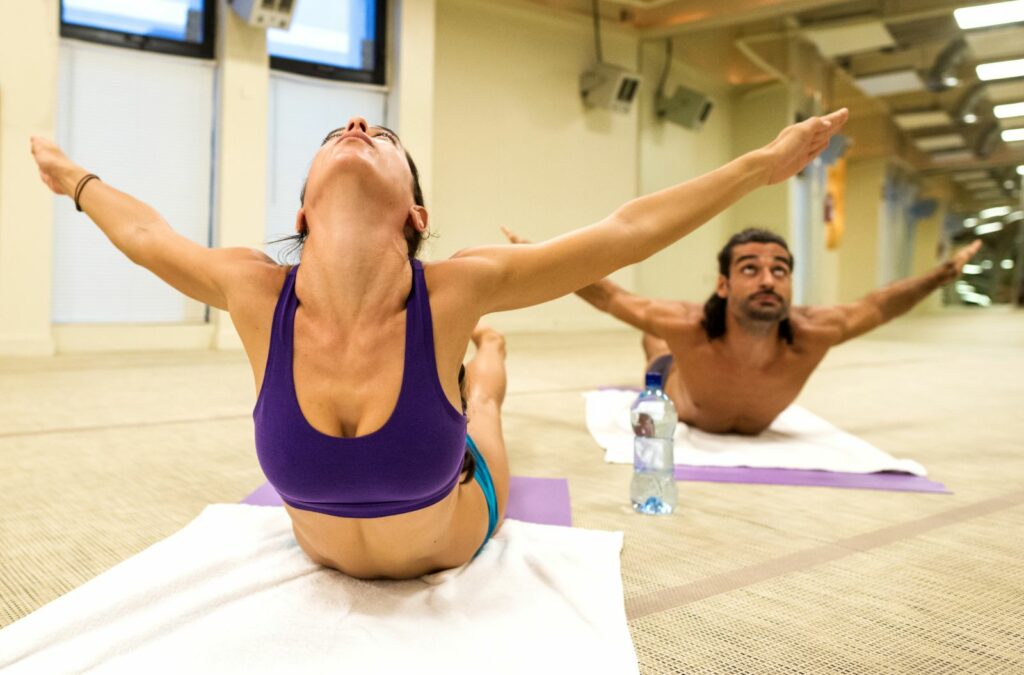
Conclusion
We have explored the reasons behind the higher costs associated with hot yoga classes. We have discussed the various factors and expenses that contribute to the pricing of these classes, including studio overhead costs, specialized equipment, additional teacher training, high demand, and the unique experience hot yoga offers.
While hot yoga classes may be more expensive compared to other forms of yoga, the benefits and experience of practicing in a heated room can outweigh the cost for many enthusiasts. Hot yoga can enhance flexibility, increase calorie burn, promote detoxification, and improve overall mental and physical well-being.
It is important to understand that the cost of hot yoga classes is reflective of the investment and resources that go into providing quality instruction in a unique environment. By investing in specialized equipment, offering additional teacher training, and accommodating high demand, hot yoga studios can provide a unique and rewarding experience for their students.
In conclusion, while hot yoga classes may have a higher price tag, the benefits and experience they offer can make them well worth the investment for those seeking a challenging and therapeutic yoga practice.
Katty Linsky, a certified Restorative Yoga teacher based in the vast landscapes of Russia, has dedicated herself to the art of yoga.
Her journey through yoga, particularly the gentle practice of Restorative Yoga, has been a transformative and enlightening one, rooted in a deep passion for holistic wellness and a commitment to sharing its benefits.

